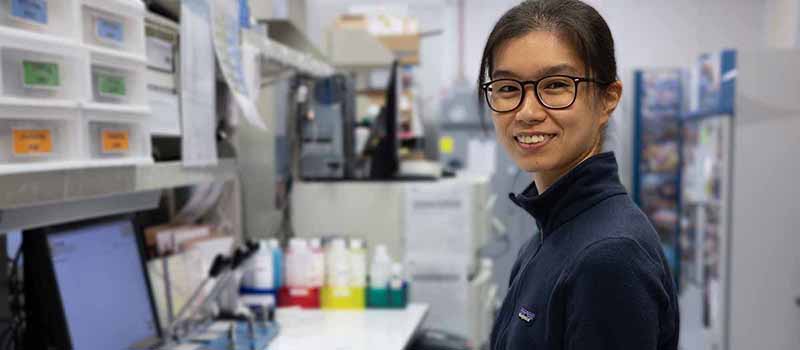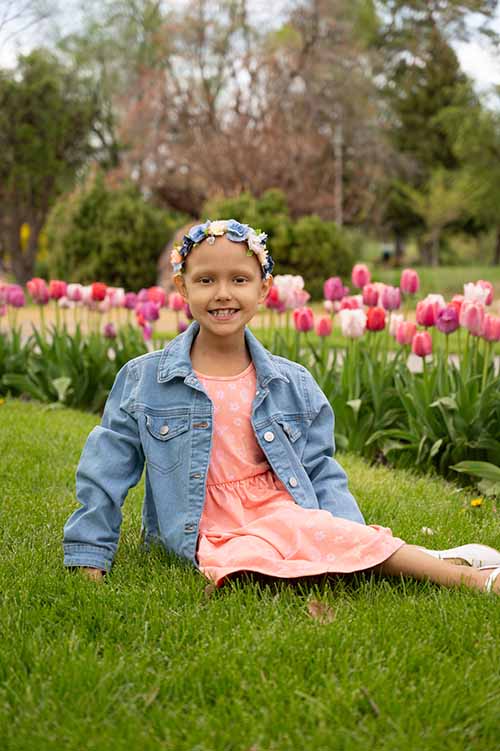
There’s a critical need for blood donations around the holidays.
Give local. Save local.
When you donate through ARUP Blood Services, 100% of the blood products collected will stay in Utah.
ARUP is the sole blood provider for University of Utah Hospitals and Clinics and the Huntsman Cancer Institute.
Donate Now!
Where To Donate
Sandy Donor Center
9786 South 500 West
Sandy, UT 84070
Research Park Donor Center
565 Komas Drive
Salt Lake City, UT 84108
12 Strangers Saved His Life, Now He Hopes His Story Inspires You To Donate Blood

Paul’s life was saved thanks to 12 generous blood donors, demonstrating the power of community and compassion.
Advancing ARUP Medical Leadership: Mei San Tang, MD, on Optimizing Blood Banking and Donor Care

Mei San Tang, MD, enjoys working in the ARUP Blood Services laboratory, contributing to critical diagnostics and patient care.
Mei San Tang, MD, is aligning science, community, and care to elevate ARUP’s blood banking and deliver precision and compassion where it matters most.
Give blood. Save lives.
ARUP Payroll Specialist Heather Oliver’s daughter Kara was diagnosed with Ewing sarcoma in late 2023. By sharing Kara’s story, Oliver hopes to inspire others to donate blood.
We will notify you when your blood has been used to save a life.
Donor/Recipient Stories
Your journey as a blood donor could encourage others to give or if you or someone in your family has received blood from the Huntsman Cancer Institute or the University of Utah Hospital and Clinics.
Whole Blood Titan Program
This program includes blood donors who have low-titer O-positive or O-negative blood types. Low-titer blood contains low levels of ABO antibodies, which is ideal for emergency transfusions.
Your Blood Type Is Important
The ABO system classifies blood into four blood groups (A, B, AB, and O) based on the presence or absence of certain antibodies and antigens in red blood cells.

